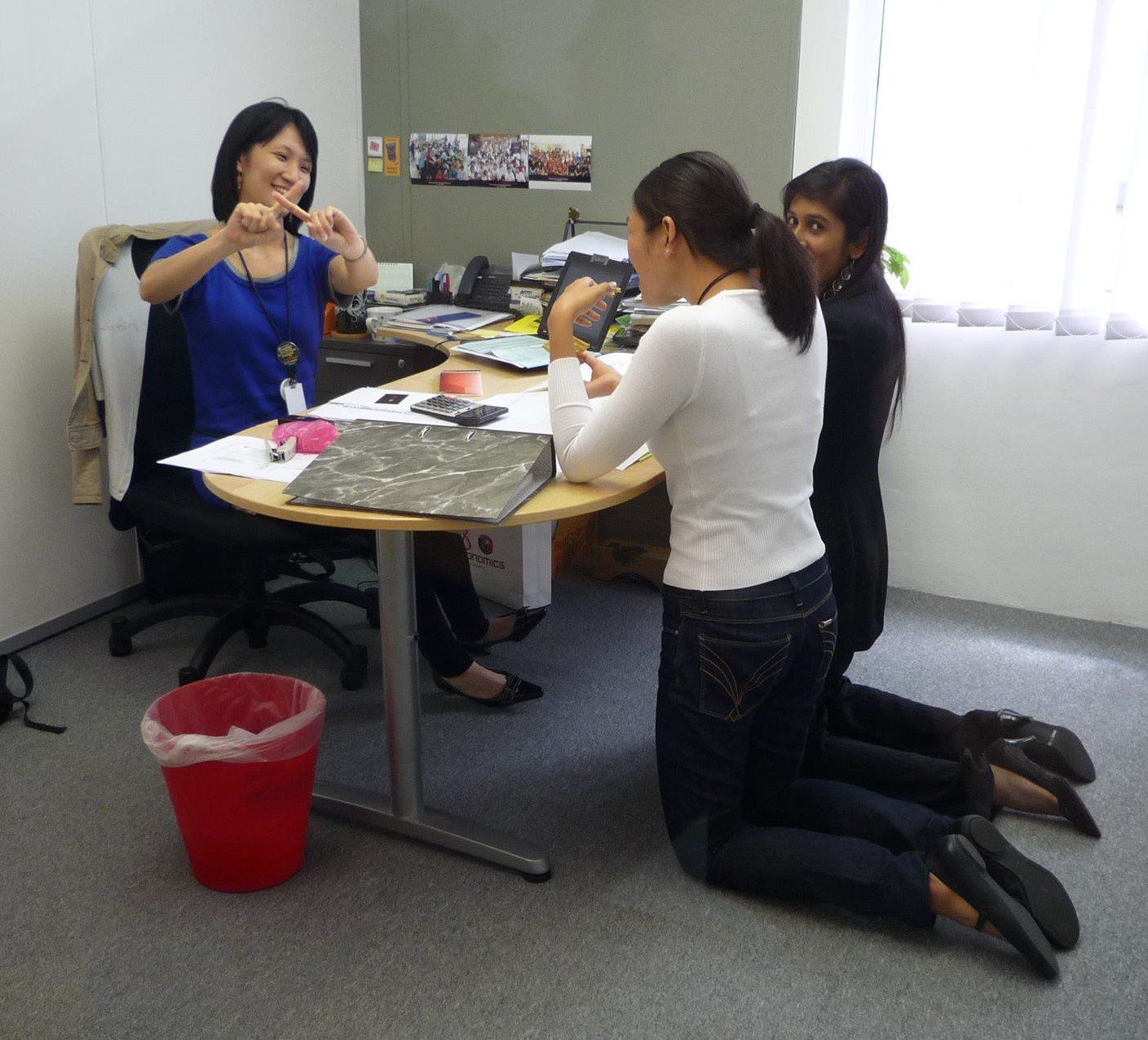The Do’s And Don’ts For Companies In Social Media Space

In reaching out to a mobile audience, companies can either gain or lose out
The social media platform has boomed significantly and taken the world by storm.
Now, almost everyone is on at least one form of social media platform or another: the top three choices being LinkedIn, Facebook and Twitter. More often than not, they have all three.
In the past, people would trade addresses, but now one would swap Facebook accounts and Twitter handles.
The usage of social media is something that many companies capitalise on to reach a wider audience.
With social media, customers are able to get live updates on the fly and participate in interactive sessions in real time.
By reaching a mobile audience, company performance statistics change from being tracked solely by sales figures to being tracked also by the number of hits, likes, comments and retweets on the various posts made across the wide variety of social media.
This avenue of spreading information, much like any other, has its draws and setbacks.
Depending on how one uses it, it can either help the company achieve a wider reach and better engage its clientele or if misused, can cause public relations disasters that may have serious repercussions for the company.
Do’s
1. Expand client base
With a global connection to nearly every person on the planet, companies are no longer restricted to a certain area. You can connect to a global market and expand your boundaries to cover areas and demographics that may otherwise be out of your range. Use tags to enable search engines to list your site so that it can be found and with every click, the page would be higher up in the search results, which in turn, results in more hits.
2. Engage clients
Clearly with any organisation, your clientele is your most important user base; the purchasers, purveyors and retailers of your products. Engaging well with your stakeholders is imperative to foster good relationships that will be long-lasting. These are key people who keep the company afloat, for no man is an island and to extend the metaphor, communities are not lone islands either, they are a collection of small and large ones that are networked together.
3. Personalise assistance
Direct access to your clients can be personalised; each interaction between the individual client and the company can be one-on-one, which gives rise to a more meaningful and centred relationship where your problems are answered in the way a good friend would. When a face is given to a company, people are more likely to respond to that as compared with an identity that is seen as omniscient.
4. Interactive advertising
Social media, whilst virtual, allows for a wide variety of interaction between not only the company and the individual but also the individual and the platform itself. With flash games, contests and interactive clicking and typing games, clients are able to better understand the company’s core values and/or products and most importantly, they have fun while doing it. Remember: fun = better information retention!
5. Corporate responsibility
Corporate responsibility is an initiative that is common in many companies and with the advent of social media, one would be able to not only extend one’s reach to a larger community but also have the option to encourage your customer base to contribute to the cause. Clients would not only be able to view the corporate responsibilities carried out by organisations, but will also have the option to get involved in some of these activities.
Don’t
1. Reveal client information
Trust between the client and the company is of utmost importance as it is the foundation that builds all good relationships. Trust is difficult to earn and extremely easy to break. Upholding the privacy of client information is a definite must in any organisation. Be careful with what you post and ensure that information does not get into the wrong hands as this could cause a crisis. Check and ensure that all sensitive information is removed from any posting(s) before it goes on the Internet.
2. Engage in destructive commenting
On the Internet, news can go viral in an instant and tend to attract pugilists who are commenting solely to irritate others. If you receive such comments on your page, do refrain from engaging with him/her because you will only be adding fuel to the fire. Use caution and discretion to tell the difference between legitimate criticism and a comment made solely to incite a negative reaction.
3. Bad customer service/unclear directions
A more personalised engagement may not only flow positively but can also go the other way. On the social media platform, you can see the person you are engaging with. Hence, it is very easy for a poorly-written sentence to be accidentally misconstrued when it is typed instead of said, which can result in people thinking that you do not care about them or their needs. Organisations in the customer care front need to take note on this. Do ensure that the language used while communicating is as clear and concise as possible to minimise these misunderstandings.
4. Spread false information
Spreading false information, especially information that is personally destructive, will result in a lot of problems. Do research before posting and go over drafts to ensure that you do not miss anything. Update yourself with the latest details in case the information you use is outdated so that you can present information that is as accurate as possible and as close as possible to the publication of that post.
5. Ineffective crisis management
As with all forms of media, information that spreads fast can have consequences that range from mild to severe. When dealing with severe cases, use social media as a rallying point to show that the company is taking serious steps to address the problem or it could also be where clients can get assistance in times of disaster. Assign a team to address the situation at the grassroots level; this can be an indication that the company really cares. Delegate tasks to the team so that they can handle the situation in a cohesive manner.
Sara is an avid user of social media and believes that in everything, there are both good and bad sides and that social media should be used for that of good. You can reach her at editor@leaderonomics.com. We also welcome your comments. For more Top 10 articles, click here.
First appeared on Leaderonomics.com. Published in English daily The Star, Malaysia, 4 July 2015
Business
This article is published by the editors of Leaderonomics.com with the consent of the guest author.






